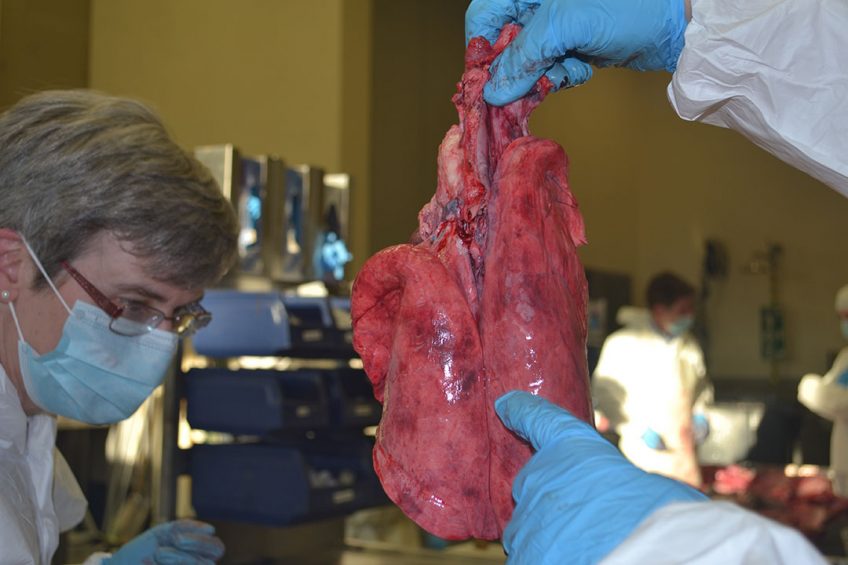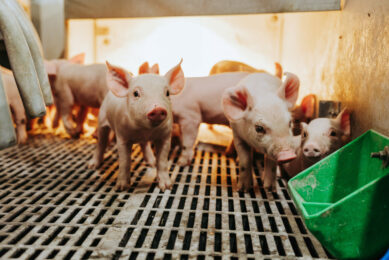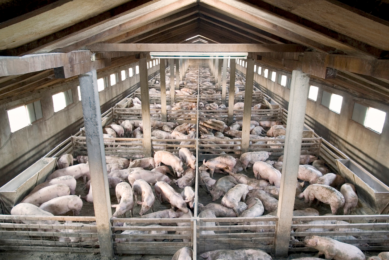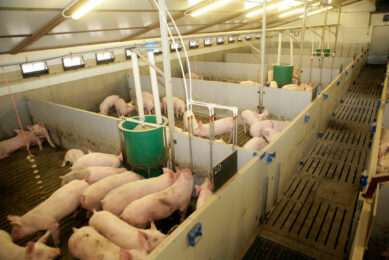Enhancing pig herd health in a dash

Aimed at sharing best practices and innovations in swine production, the EU PiG Innovation Group proudly presents a number of ambassadors whose tried and tested innovations stand out. In this episode: Use of slaughter data to develop a dashboard system to improve pig herd health.
The ambassador
Patrick Ryan, a farmer who runs a 1,000-sow farrow-to-finish farm in Ireland. He was among the first farmers to use the system and achieved promising results.
The innovation
Data from different areas of pig farms (biosecurity, vaccine and antimicrobial use, nutritional practices, health and welfare status in farm and productive performance) have been integrated into a dashboard-like system. That system allows farmers to identify weak areas in their farms, and to make informed decisions for improvement.
The main component of the system is the slaughterhouse feedback. Research done by the Irish Agriculture and Food Development Authority (Teagasc) has shown that the main factor affecting performance of Irish pig farms is their health status as recorded at the slaughterhouse and by serology. With this system, farmers can set targets to reduce the effects of disease and select the best approach for interventions by analysing their biosecurity practices, vaccination programmes or other areas.
The idea
Teagasc, in discussions with farmers, observed that farmers found it difficult to understand and use some of the data provided by other areas of the pig production chain. The data had to be presented in a more user-friendly format, allowing for benchmarking, and had to provide farmers with the information they needed to improve their farms. Thus, the dashboard was developed with and for the farmers.
For farmers, using the records of their farms for decision-making is very important. Based on the analysis of their data, farmers can set targets for improvement and implement actions that help achieve those targets. However, if farmers can compare their farms with the farms of their peers (benchmarking) this is an extra step that results in faster improvement. Farmers become part of a group and can determine how well they perform compared to those working in similar conditions, and which practices have worked best for their peers.
Using dashboards and visualisations of the data to help farmers make management decisions is becoming more common, increasingly in areas such as slaughter data, where significant benefits to productivity, health and welfare can be made through better use of data.
Advantages
- The system takes advantage of existing information;
- It summarises all the information available for a farm in the same format in a single dashboard;
- It allows easy benchmarking between farms;
- It allows monitoring progress over time;
- The system is easy to understand for farmers, vets and advisors;
- Data can be further analysed by the advisor/veterinarian;
- Information is presented simply in a clear and interactive way.
Costs
The programme has been created for Irish farmers and is paid by the Irish Department of Agriculture Food and the Marine (DAFM) and by the levy that pig farmers pay for each pig produced. It is therefore available to all Irish farmers at no additional cost.
What is next?
The system has been developed with a cohort (20%) of farmers in Ireland. The plan is to continually improve the system and to expand it to all Irish farmers.
 EU PiG Innovation Group
EU PiG Innovation Group
The EU PiG Innovation Group (EU PiG) aims to help pig producers find tried-and-tested best practice from fellow producers across Europe. Through an annual EU-wide contest, called the EU PiG Grand Prix, more than 300 producers share their innovative ideas and best practices, which are developed in response to industry-wide challenges, to compete to become one of eight EU PiG ambassadors. Each year, two topics are chosen for each of the project’s four key themes, namely health management, meat quality, animal welfare and precision production. In various editions of Pig Progress, a best practice will be discussed.











